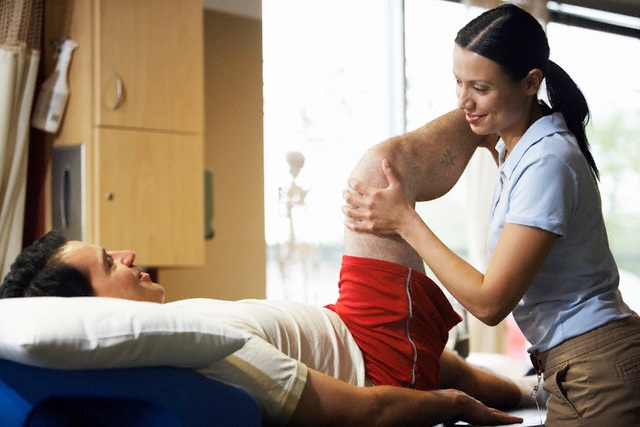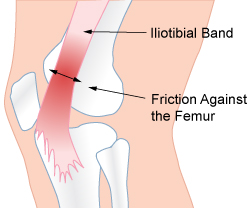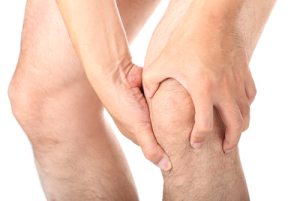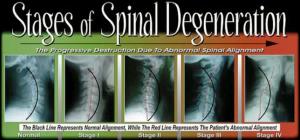Iliotibial Band Syndrome
The iliotibial band is a superficial thickening of tissue on the outside of the thigh, extending from the outside of the pelvis, over the hip and knee, and inserting just below the knee. Iliotibial band syndrome is a condition wherein the iliotibial band is stretched and twisted so that during activity or movement it rubs against part of the knee, causing irritation.
Chiropractic:
Soft tissue techniques are used to relax the muscle and increase range of motion. An assessment is completed to detect any biomechanical deficiencies in the feet that may be causing the condition. If it is appropriate, orthotics are prescribed to remedy the problem.
Acupuncture:
Acupuncture, in conjunction with other treatments, speeds up the healing process and decreases inflammation. Acupuncture does this by stimulating the natural release of endorphins, which are the body’s natural pain killers. Dr. Rodwin is a certified acupuncturist and will recommend this method of treatment if it is warranted.
Massage Therapy:
A treatment plan may include techniques applied to reduce adhesions or trigger points in the low back, gluteal muscles and the tensor fascia latae, lengthening of the iliotibial band itself, as well as stretching and application of ice. By reducing muscle spasms and inflammation, a greater range of motion is maintained.
Knee Conditions
Many people suffer from a variety of knee complaints, including Patello-femoral disorders, Osgoode Schlatter’s, Chondromalacia patella, Iliotibial Band Syndrome, meniscal damage, ligament instability, and osteoarthritis.
Chiropractic:
During the early stage of treatment, ice and/or interferential current therapy are used to decrease inflammation and pain. Chiropractic adjustments are used to restore proper joint mechanics. Soft tissue techniques such as Active Release Technique (ART) and trigger point therapy are used to reduce scar tissue and loosen surrounding musculature. Stretching and strengthening exercises are prescribed to stabilize the joint and reduce the possibility of a recurrence.
Acupuncture:
Acupuncture, in conjunction with other treatments, speeds up the healing process and decreases inflammation. Acupuncture does this by stimulating the natural release of endorphins, which are the body’s natural pain killers. Dr. Rodwin is a certified acupuncturist and will recommend this method of treatment if it is warranted.
Massage Therapy:
During the early stages, massage therapy will decrease any inflammation with drainage and circulation techniques. A treatment will focus on reducing adhesions within the tissue, reducing muscle spasm, and increasing and maintaining range of motion and muscle strength.
Custom Orthotics:
A gait analysis would be completed to evaluate whether the knee issues are from problems stemming from the feet (foundation). If this is the case, custom orthotics would be recommended.
Spinal Degeneration/Osteoarthritis
This condition involves a slow degeneration of the cartilage that protects all joints where bone meets bone. Synovial fluid, which helps to lubricate the joint like oil on a wheel, reduces its production. Aging, injury or trauma, poor posture, and infection can cause joints to wear down and become stiff and painful. Bone deformities called “bone spurs” occur in conjunction with decreased disc height and reduced joint motion.
Chiropractic:
Chiropractic adjustments can reduce, and even stop, spinal degeneration. Chiropractic improves spinal balance and posture and keeps your joints, nerves, and discs healthy and strong. The restoration of motion leads to a restoration of normal joint function and physiology. A chiropractic treatment program may include spinal and/or joint adjustments (to alleviate some of the symptomatic restrictions), exercise (stretching and strengthening), nutritional advice, and other modalities.
Massage Therapy:
Massage therapy focuses on restoring optimal joint usage, and maintaining tissue health. Massage can also slow down and arrest the degenerative process. Different techniques help to reduce pain from muscle spasm and maintain range of motion of the affected joints.
Custom Orthotics:
When there is osteoarthritis in the knees, hips, and/or feet, custom orthotics can help support and maintain structural alignment of the body. The orthotics help with the alignment, and take stress/pressure off the affected joints. There is a specialty line of orthotics for arthritic patients.





